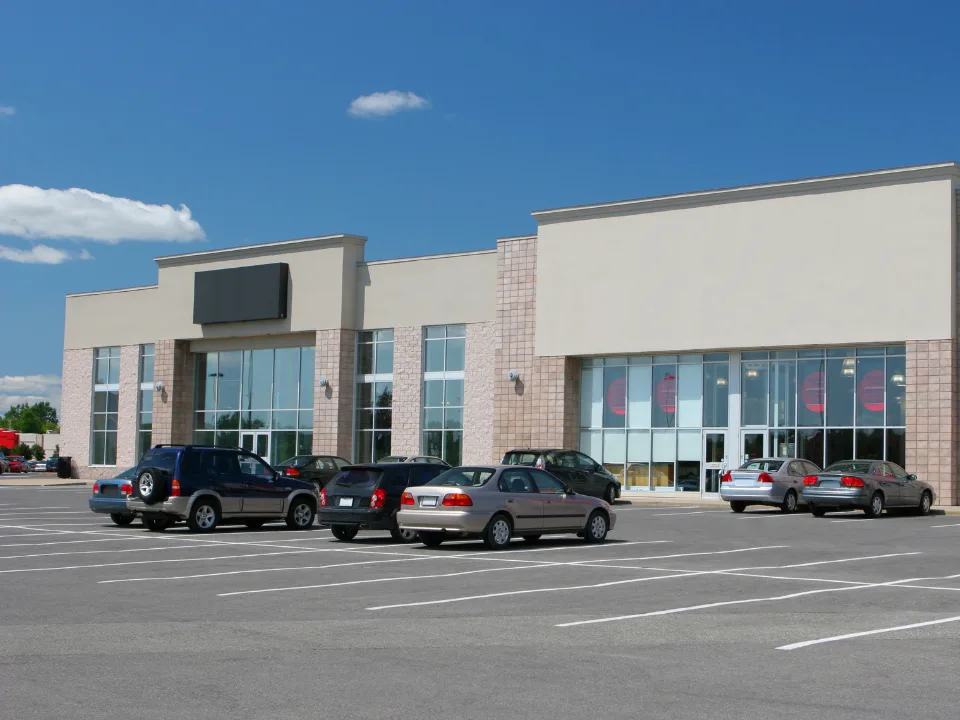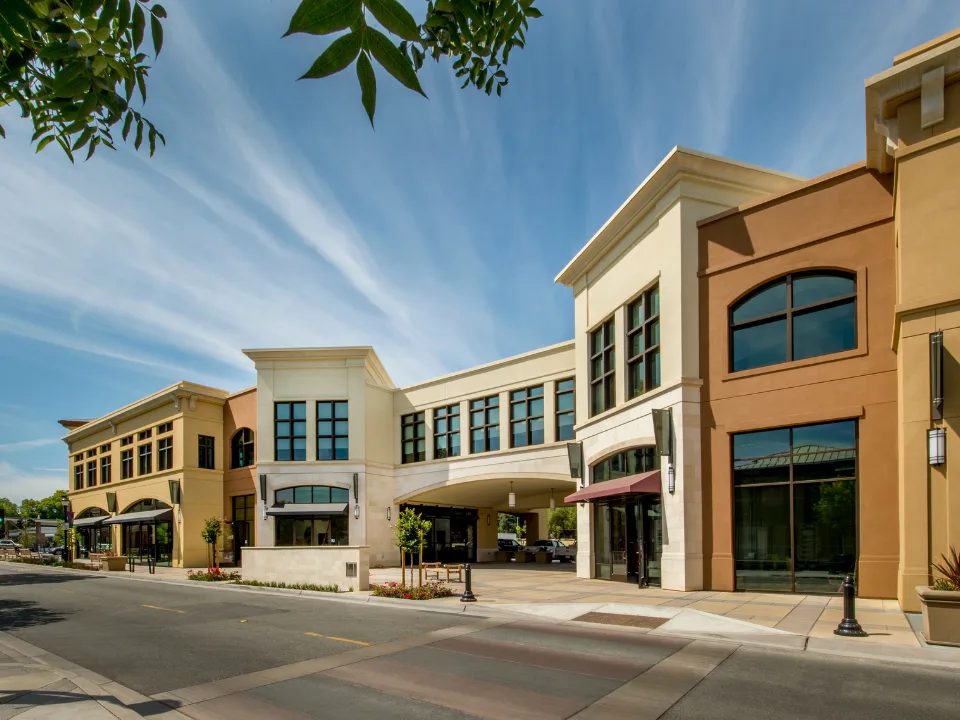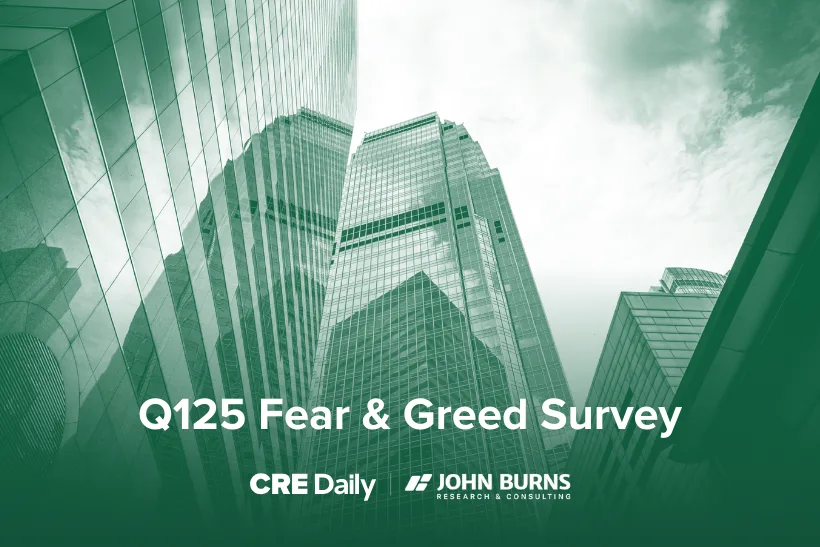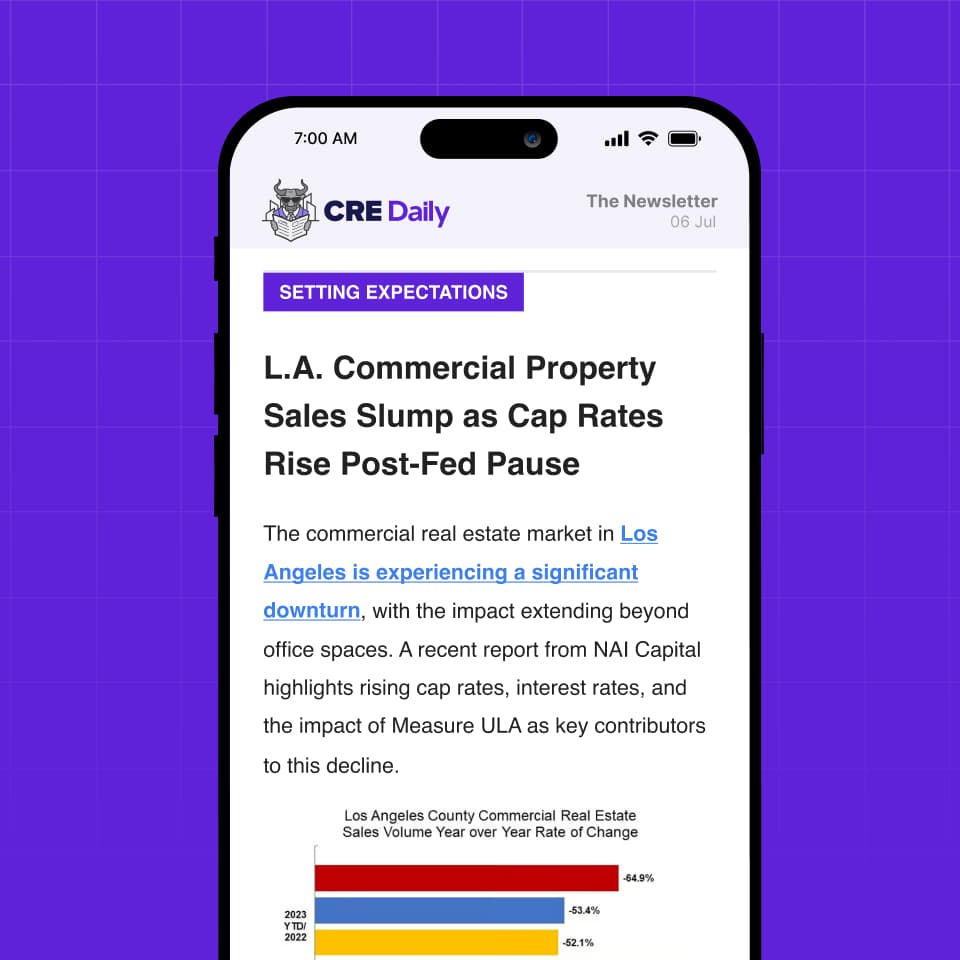- Small commercial property prices rose 1.1% in February, while prices for large, investment-grade deals declined 1.3%, per CoStar’s latest CCRSI report.
- High-quality properties are experiencing rising vacancies, with a projected 4.5M SF of negative net absorption over the past year.
- General commercial properties, often smaller and lower-priced, posted 3.7M SF of positive net absorption over the same period.
- Buyers are shifting focus: small-dollar deals have matched or exceeded large-dollar sales volume in 6 of the past 24 months—an unusual trend not seen between 2009 and 2022.
- The equal-weighted CCRSI index (favoring smaller deals) is up 33% since February 2020, while the value-weighted index (dominated by high-value assets) rose just 8%—well below inflation.
The Market Shift
Institutional buyers and large investors are pulling back from big-ticket commercial real estate deals as demand for high-end office, retail, and industrial properties wanes. According to CoStar’s February 2025 Commercial Repeat-Sale Indices (CCRSI) report, smaller assets are drawing more investor interest due to relatively stable occupancy and rising prices.
Vacancy Trends Drive Price Divergence
Net absorption—how much more space tenants are leasing than vacating—has flipped into negative territory across the CRE market. However, the pain is mainly concentrated in investment-grade properties, with 4.5 MSF feet of net move-outs recorded in the past year. In contrast, smaller, general commercial assets logged 3.7 MSF feet of net positive leasing activity.
That divergence is reflected in pricing:
- Equal-weighted CCRSI (small properties): +1.1% in February
- Value-weighted CCRSI (large properties): -1.3% in February
Get Smarter about what matters in CRE
Stay ahead of trends in commercial real estate with CRE Daily – the free newsletter delivering everything you need to start your day in just 5-minutes
Historic Slowdown
According to CoStar’s Chad Littell, Q125 is shaping up to be the weakest quarter for tenant demand since 2009. For the 12 months ending in March, net absorption across office, retail, and industrial is projected to fall by 800 KSF, down sharply from a 26.9 MSF gain during the same period last year.
Investors Take Notice
The growing performance gap between large and small deals is reshaping buyer behavior. From 2009 through 2022, large investment-grade properties consistently dominated sales volume. But in the last two years, smaller deals have gained ground—sometimes surpassing their institutional-grade counterparts in dollar volume.
Inflation Outpaces Prime Property Gains
Long-term performance metrics also highlight the underperformance of high-value properties:
- Value-weighted index (investment grade): +8% since Feb 2020
- Equal-weighted index (general commercial): +33% since Feb 2020
- Consumer Price Index: +23% since Feb 2020
Why It Matters
The shift toward smaller, more stable assets suggests a new playbook for commercial real estate investors in a post-pandemic, high-vacancy era. With institutional-grade properties facing prolonged leasing challenges, market players are recalibrating risk and favoring smaller, more resilient assets.
What’s Next
Expect continued interest in smaller commercial assets as macroeconomic uncertainty and evolving tenant behavior challenge the traditional investment-grade model. CRE investors are leaning into agility and lower price points until leasing demand rebounds at the top end of the market.
















